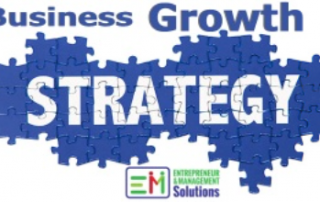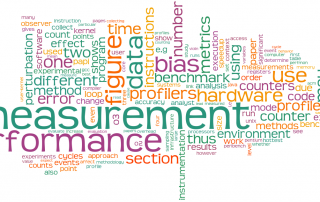Strategy of People and Products
The third leg of our series on Strategy is on People and Products. This follows last week’s lesson on Purpose.
What strategy is required in order to leverage your Human assets within a business? It is not just about headcount or workforce: we need to consider the intellectual capital, wisdom, experience and relationships that come with each of your staff members.
The strategy implemented within a business should include the following:
· Staff retention
· Staff empowerment
· Staff education
· Legacy planning
Products and services within a business are also assets that need to be looked after and protected. Each different brand has a reputation in the marketplace, a following with the customers and a future of expansion. Strategies need to include the following:
· Product brand development
· Brand footprint expansion
· Existing customer retention
· Switch over customers per brand
· New customers per brand
· Associated or bundled up-sell potential
· Income diversification per product
All these may seem a little overwhelming and unattainable if you are new to all this, but these are the things that should be on the agenda of directors meetings and a part of the long-term strategic planning for any business.
We will, of course, expand on these during our weekly webinar on Wednesday. Go here to register that.
Any questions or want some help with this, please give us a call or click to make an appointment in person or via Skype.


